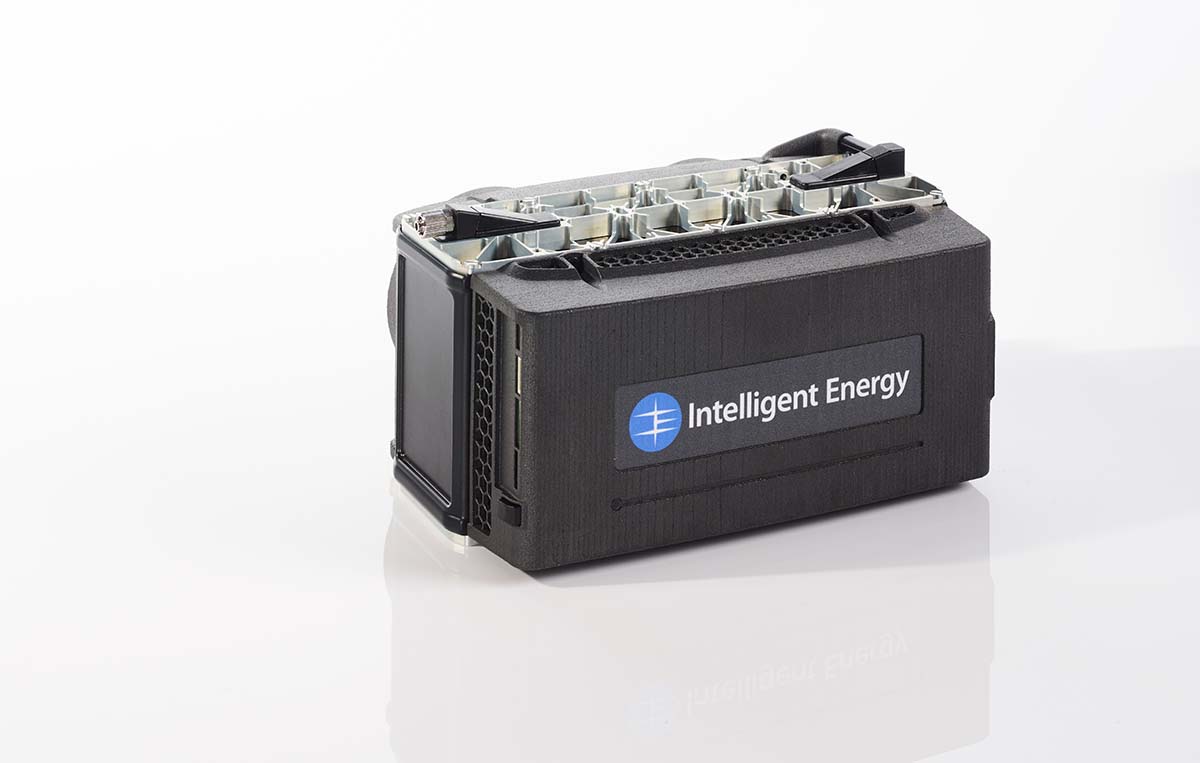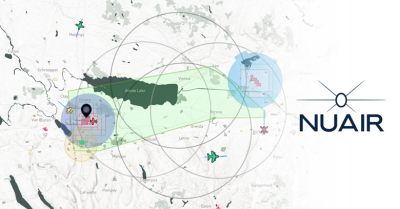Power has often been talked about as the bottleneck of the drone industry, since many operators want and need to fly longer than most drones are able to stay in the air. This desire is one of the reasons that the new 800W fuel cell product from Intelligent Energy is such a big deal. Multicopters that have been optimized around the 800W Fuel Cell Power Module (FCPM) could carry 1kg for 2 hours or 2kg for 1 hour. Fixed wing aircraft show even greater gains, but this increased flight time is just part of the value the product represents.
The new 800W FCPM has been specifically designed for commercial UAV applications, with capabilities that will be able to be utilized in military, surveillance, inspection, mapping, agriculture, law enforcement and oil particularly well. The new product also compliments current Intelligent Energy products in a direct way and will be more suitable to customers who need larger payloads and therefore larger UAVs.The complementary nature of the product is a key consideration since the new 800W FCPM is 10 percent more power dense than the 650W FCPM. There are considerable differences that this can make for commercial operators across a variety of uses and sectors.“In real terms, this means UAV operators can carry around 1500g more mass at the expense of only 100g,” said Debbie Hughes from Intelligent Energy. “This can be used to carry a larger hydrogen cylinder (significantly increasing flight time), or to increase the payload capacity of a UAV.”When it comes to drone hardware specifications or modifications that need to be made by users in order to utilize the 800W FCPM of any other Intelligent Energy fuel cell, the logistics are fairly simple. Users only need to remove the existing battery technology and install a bracket to support the fuel cell module and cylinder. That ease of use is a critical component in how the device is able to facilitate access to new markets, which even goes beyond the drone space. FCPMs can also be used for a wide range of other applications such as portable power and robotics.This range of applications had and will create opportunities in numerous sectors, but questions around what it means to move forward with the adoption of a new tool or process are always top of mind. That being the case, what’s the best first step for any commercial drone operator that wants to get a better understanding around how to take advantage of this technology?“The first step would be to get in touch with an Intelligent Energy sales representative from your region,” Hughes told Commercial UAV News. “They will be able to help guide you once they know what UAV you are using and your payload and power requirement.”Subscribe
The information you submit will be stored and used to communicate with you about your interest in Commercial UAV News. To understand more about how we use and store information, please refer to our privacy policy.
October 12, 2018
800W Fuel Cell Power Module from Intelligent Energy Set to Create a New Power Standard for Commercial Drone Industry















Comments